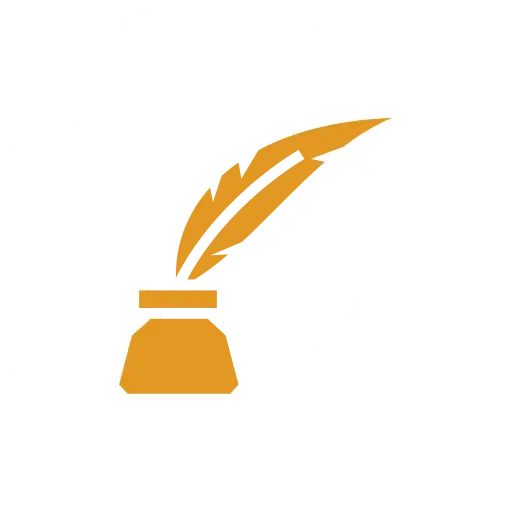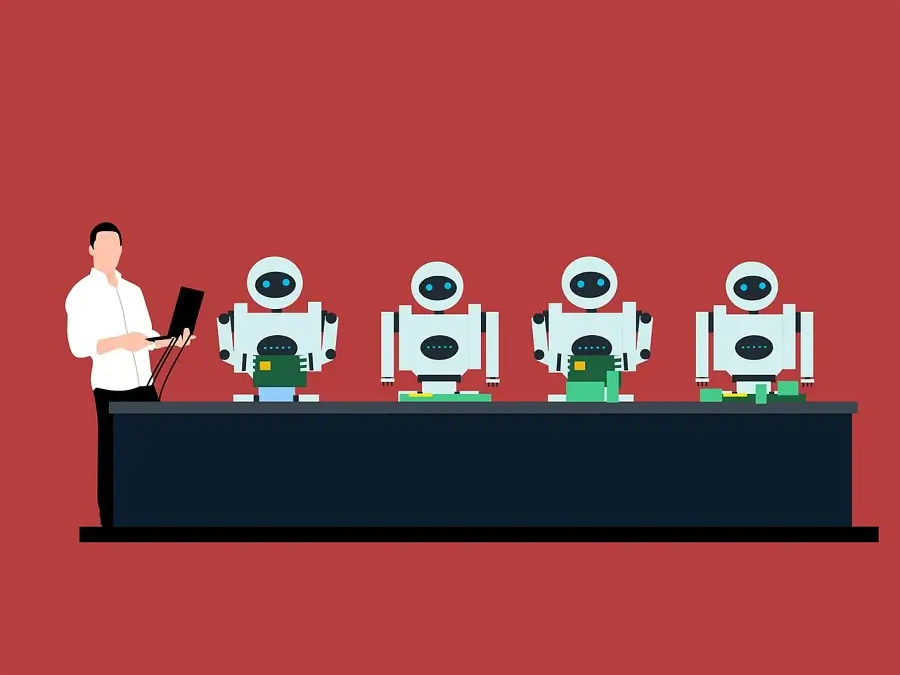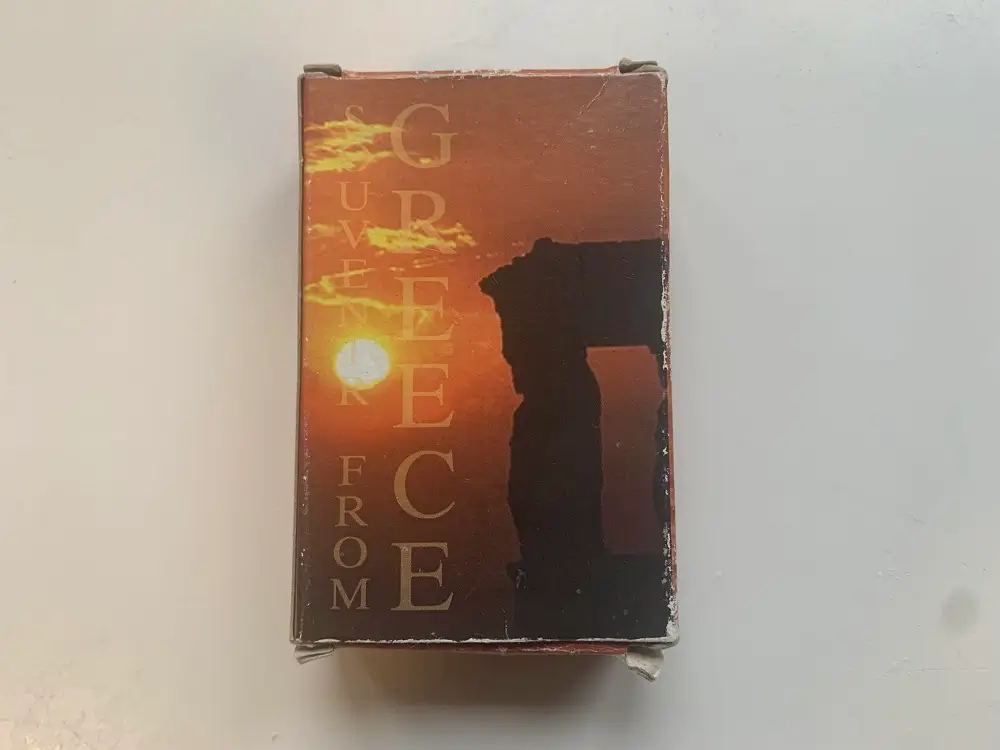I was 10 or 11 when I discovered that many, if not most, of the songs played on the radio weren’t written by the singers performing those songs. My grandfather explained to me one day in the car that pop tracks are written by lyricists who may or may not also compose the songs. He said that it was a rarity for the singer to be the song’s composer as well as writer. I was flabbergasted. I remember feeling hustled and taken advantage of. I thought it was a travesty of justice that the singers hadn’t experienced the emotions and events claimed in their songs.
This explains why, with a few exceptions, I tend to listen to independent artists who are signed on with smaller labels. Their music is free from the high-gloss studio polish designed to resonate with a wide audience and boost the chance for commercial success. The songs aren’t stripped of the crude intensity during production, so it’s easy to build organic intimacy with the listening experience. Many of the singers I listen to don’t even have a professionally trained voice. They’re free to experiment with different genres, unlike artists signed on with major labels who edit the songs to fit industry standards for radio play. In short, I believe that independent songs are honest. They’re not packaged like a box of assorted candy for mass consumption.
Yes, you can trust my blogs even though I use ChatGPT
I think it’s obvious where I’m going with this. I like sincerity too much to rely on ChatGPT for original content. I use AI only to improve my writing – make edits, generate synonyms and simplify my thoughts. I don’t use it to generate ideas. ChatGPT can’t come up with anything that sticks in people’s minds anyways (if it did, I’d be in trouble). As highlighted by TechTarget, “AI does not have the emotional intelligence to create a story. Its focus is generally directed towards adding facts to an outline.”
This is why AI fails at being creative – it generates too many clichés as garnish alongside facts. It’s no wonder it’s jokingly referred to as plagiarism software. I already made it clear in my previous blog that I’m allergic to any kind of buzzwords or fad expressions. Sometimes I think I was born with a built-in sonar for jargon detection. Ever since high school, I’ve been able to catch with razor-sharp accuracy when various social circles started to embrace slang words and when they lost their momentum. I’m just as reactive to any clichés cranked out by AI.
My writing continues to be original despite using AI because my dominion over the English language is too sophisticated to be governed by an algorithm. The level of authenticity that anyone delivers in their writing depends on the person’s language proficiency and how that person uses AI. I don’t think anyone said it better than brand-building company 10 Plus Brand: “AI is as dumb or smart as human’s command of language instruction.” I’ll leave it at that.
My approach to genuine blogging
In brief, my texts reveal too much raw authenticity that comes from a real human with a knack for life’s absurdities. For instance:
-
I have a sense of humor and ChatGPT doesn’t have a sense of humor. I write a blog about tech marketing communications where humor is appropriate in bite-sized portions. My objective isn’t to make readers convulse with laughter. But using words for comic effect adds levity and makes reading more enjoyable. It also makes challenging topics less scary and my own experiences more relatable. What’s important to underline is that my love of jest stems from a cacophony of factors that AI couldn’t possibly duplicate: my upbringing, cultural background, genetic legacy, books I read and pop culture I ingest. As Margaret Atwood put it upon discovering that her books have been used as fodder for the AI pulverizer, “My voice and mind are not replicable.”
Sense of humor is an act of defiance that only a human can wield in protest of the mundane. But as I said earlier, writing about technology doesn’t provide much space for intrinsic playfulness. The focus is on conveying information clearly and accurately, expediency and actionable strategies. While my blog does emphasize those things, I’ll never give up sprinkling my texts with an occasional skit. I can’t imagine being purely serious. I just can’t. I’d rather stick my toe in a blender.
-
I have my own style that’s not easily replicated. Writing, like any other creative pursuit, is full of contradictions. We’re taught that good writing transcends the personal experience and identity of the author to explore universal themes. And yet, good writing is almost always personal. I don’t know if my writing is complex enough to bridge this paradox successfully and I’m not sure if any writer worth his or her salt will ever know for certain. What I can tell you, however, is that any one of my attempts sounds 100 times better than any effort made by ChatGPT.
Another aspect of my authentic style is sentence length variation. I’m not sure if I alternate the length of my sentences intuitively or because it’s been drummed into me at journalism school. It’s probably a bit of both. Either way, it’s a technique that adds texture and makes narrative easy to follow. I once asked ChatGPT to vary things up a little and the rhythm still fell flat. I also add texture by mixing styles. For example, I often adopt a casual tone but follow it up with a high-brow phrase and vice versa – a technique that leaves AI in the dust.
I spend more time editing my content than writing it. Getting the idea on screen has never been a problem for me. I’m never stuck wondering what to explore next. I write the first draft as a foundation but the real work begins after that. To illustrate what I mean, most universally loved films would be unwatchable if their scenes hadn’t been revised, tweaked and reshuffled in the editing room. Most of what we put out creatively isn’t entirely original anyways. It’s the way the content is presented that sets it apart (or doesn’t). I’m hardly a lone voice in this. Brad Merrill, who teaches a Blogging Masterclass at Udemy, echoes my sentiments. He said that most of us are unlikely to come up with completely original ideas – we can only be original in the way we organize and present those ideas.
During the editing process is when the raw concepts are sculpted for refinement, structure and spunk. Editing helps me remove unnecessary words or phrases that compromise readability. I’m so compulsive about every word it probably counts as obsessive. Wrong words can alienate readers while the right ones can grab people by their white collars and refuse to let go (the pun was intentional).
-
I spill too much personal history to sound fake. In one blog, I talked about moving into my grandmother’s old apartment that had a wobbly sink, loose tiles and statement chandeliers from the disco era. I also shared the challenge of getting the gas stove up and running due to the gusts leaking from malfunctioning windows. In other blogs I include conversations that really took place or feature scenes that happened to my family members. I also share information about the mistakes I made while building my freelance business.
For example, in another blog I admitted to seeking clients without any marketing materials, which is something not many people will publicly own up to. While on the subject, I’ll also confess that for my first snail mail campaign I didn’t bother customizing the sales letters with a letterhead (the campaign turned out to be wildly successful, by the way, as it helped me secure a client for whom I wrote ghost stories featured in Forbes for years). Incorporating the letterhead just didn’t occur to me. Negligent, perhaps, but I was a novice and hyper-focused on getting the wording right. The point I’m making here is this: You can’t make this stuff up. So, yeah, my writing’s legit.
-
My blogs have a literary angle. It’s not easy making blogs about marketing communications engaging to read. This type of writing provides limited room for creativity because it’s based on offering tangible advice that organizations can adopt to bolster their content efforts. Whenever anyone prioritizes practicality and actionable strategies it’s hard to explore unconventional approaches and imaginative storytelling (sigh).
Despite these limitations however, I lean on various literary devices, primarily imagery and narrative structure to stir emotions in my audience. I like to set the scene with as much detail as possible without detracting from the purpose of the story. I also play with implicit foreshadowing on occasion where I hint at future events or developments to build suspense. My favorite technique is making connections between seemingly unrelated elements in the story. I do this because behind every business move, behind every corporate hustle, lies a very private experience that’s inextricably connected to it. I enjoy bridging these two apparent contradictions and exploring how business ambitions sync up with our most intimate desires.
In conclusion: My words and ideas are my own – ChatGPT just enhances them
The workings of a creative engine, such as the mechanism behind writing, aren’t immediately obvious to someone who isn’t a writer or an artist. These workings can be hard to explain and even legitimize. I can find inspiration in anything – a broken toothpick or a plastic straw stuck to the back of a shoe. A kitchen timer or a chocolate wrapper. I’ll mostly see something that resonates personally, something that I have an emotional response to, and connect it to marketing content. AI is instrumental in helping me tweak these connections so they flow better.
I see AI as a vehicle. No one cares about the ignition keys or the manual transmission or even the engine specifications. It’s who’s behind the wheel that matters.







